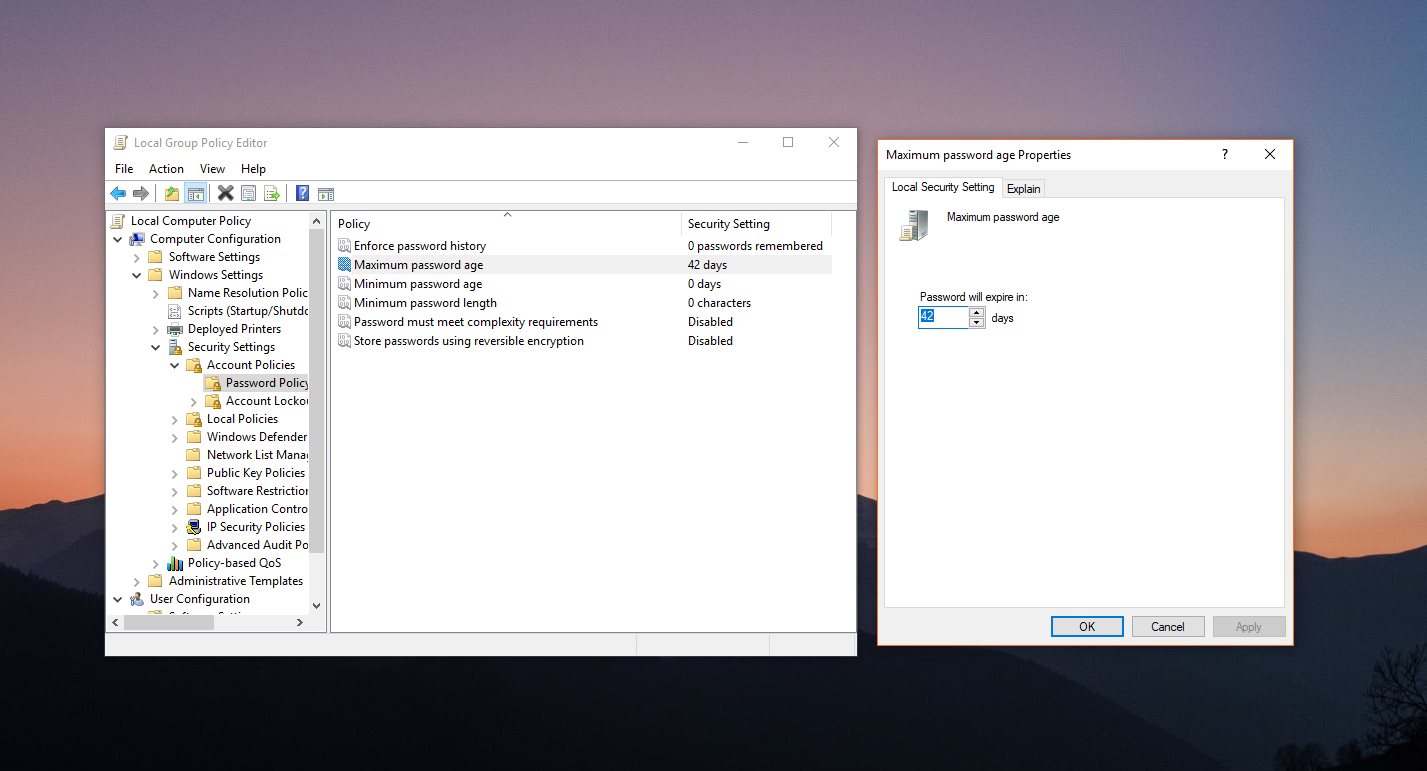
- #SOFTWARE TO FORCE WINDOWS TO HAVE FOUR WINDOWS GRID WINDOWS 10#
- #SOFTWARE TO FORCE WINDOWS TO HAVE FOUR WINDOWS GRID CODE#
If you are considering migrating your UWP app to Windows App SDK, please view our windowing functionality migration guide. To customize the title bar of a UWP app that uses secondary windows, use ApplicationView as described in Show multiple views with ApplicationView. The Windows.UI.WindowManagement.AppWindow class, used for secondary windows in UWP apps, does not support title bar customization.
#SOFTWARE TO FORCE WINDOWS TO HAVE FOUR WINDOWS GRID CODE#
Write custom code to calculate and set drag rectangles, including when the window size changes. Partially, since Windows App SDK 1.2 (see the Windows App SDK tab).ĪppWindowTitleBar.ExtendsContentIntoTitleBarĭefine your title bar in a XAML UIElement, then call SetTitleBar(UIElement). This table describes the differences between Window and AppWindow. You can pass the window handle of the XAML Window to the AppWindow object and use the AppWindow functionality in conjunction with the Window APIs (see the Windows App SDK tab). WinUI 3 is also part of the Windows App SDK, so both the Window class and the AppWindow class are available to customize the title bar. The Window class includes APIs that let you replace the standard title bar with your own custom content. Windowing functionality in WinUI 3 is through the Microsoft.UI.Xaml.Window class, which is based on the Win32 HWND model.

With this AppWindow object you have access to the title bar customization APIs. You get an AppWindow object from an existing window using the interop APIs. You can use AppWindow APIs with any UI framework that the Windows App SDK supports - Win32, WPF, WinForms, or WinUI 3 - and you can adopt them incrementally, using only the APIs you need. These APIs can be used in conjunction with the Windows App SDK APIs (see the WinUI 3 tab). We recommend that you check AppWindowTitleBar.IsCustomizationSupported in your code before you call these APIs to ensure your app doesn't crash on other versions of Windows.įor XAML apps that use WinUI 3, XAML Window APIs provide a simpler way to customize the title bar that also works on Windows 10.

#SOFTWARE TO FORCE WINDOWS TO HAVE FOUR WINDOWS GRID WINDOWS 10#
Partially, since Windows App SDK 1.2 (Color customization is not supported)įor information on which APIs are supported on Windows 10 since Windows App SDK 1.2, refer to the Windows App SDK Release Notes page under "Windowing" section for details. Support for title bar customization APIs varies across different versions of Windows and different versions of Windows App SDK.


 0 kommentar(er)
0 kommentar(er)
